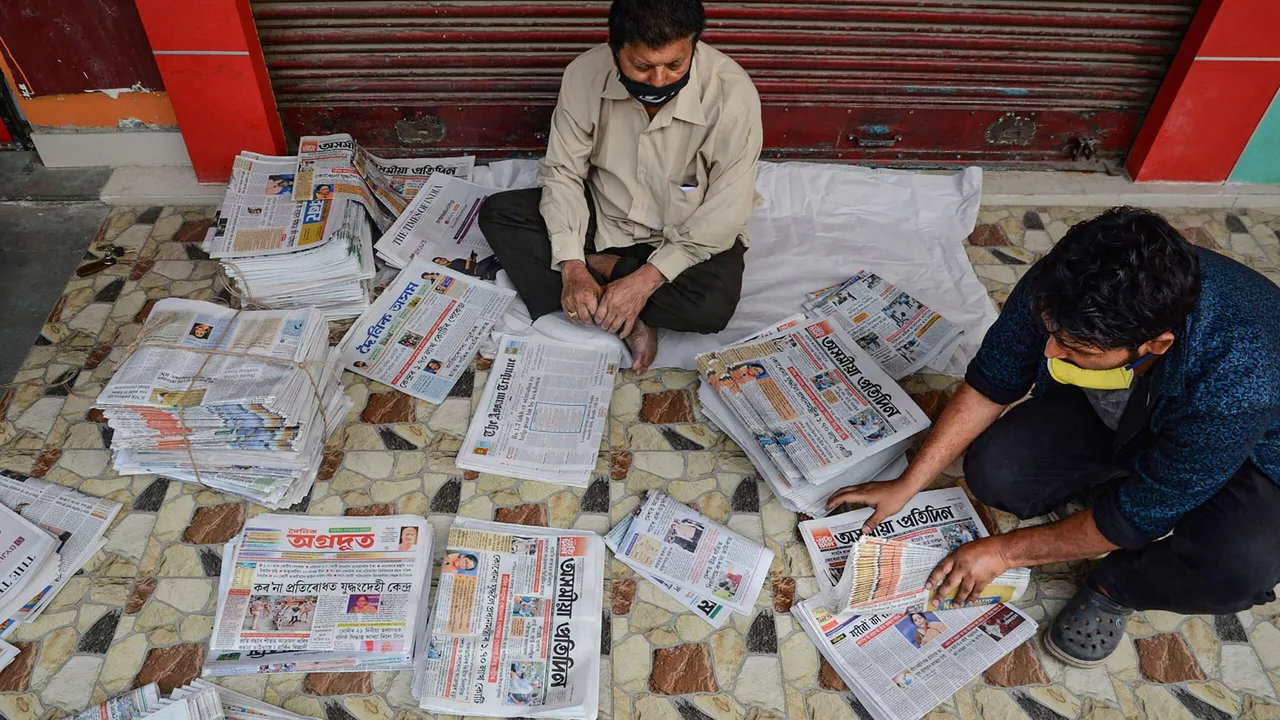Media Credibility: How to Spot Trustworthy News in India
Ever felt confused after watching a news channel and wondering if what you just heard is true? You’re not alone. Media credibility is the backbone of a healthy democracy, and in a country as diverse as India, it matters more than ever.
First, understand that credibility isn’t just about big names. It’s about how a story is sourced, whether multiple viewpoints are presented, and if the channel admits mistakes. When a news outlet repeatedly pushes sensational headlines without backing them up, trust erodes fast. Look at the recent chatter around Indian news channels – many viewers complain about drama over facts and an obvious bias toward certain political parties.
Spot the Red Flags
Here are some quick signs that a piece of news might be shaky:
- One‑source stories: If a report relies on a single unnamed source, treat it with caution.
- Over‑the‑top language: Words like "shocking" or "explosive" often signal sensationalism.
- Missing context: Credible reports give background, not just the headline.
- Heavy focus on ratings: Channels chasing TRP numbers may prioritize drama over depth.
When you see these patterns, pause and cross‑check.
Practical Ways to Verify a Story
1. Check multiple outlets. If at least two reputable sources report the same facts, the story is likely solid. For example, a claim about a new government policy should appear on both a national newspaper and a regional broadcaster.
2. Look for original documents. Government releases, court filings, and official statistics are hard to fake. A news piece about GST rate changes should link to the finance ministry’s announcement.
3. Search for expert opinions. Credible news brings in specialists who can explain the why and how. If a tech article about Xiaomi’s Mi 9 launch only quotes a rumor blog, the credibility drops.
4. Use fact‑check services. Websites like Alt News and Boom Live regularly debunk viral claims. A quick search can save you hours of misinformation.
5. Notice the correction policy. Trustworthy outlets have a clear way to correct mistakes. If a channel never acknowledges errors, it’s a warning sign.
Remember, no source is perfect, but a habit of verification builds a personal filter against fake or biased news.
Finally, think about why you’re watching. Are you looking for balanced analysis, or just quick headlines? Channels like Aaj Tak dominate viewership, but they also shape opinions heavily. Being aware of that influence helps you stay critical.
In short, media credibility isn’t a static label – it’s a daily practice. By spotting red flags, cross‑checking facts, and favoring outlets that own up to errors, you protect yourself from misinformation and support a healthier media landscape in India.

Is The Times of India an authentic newspaper?
Alright, folks, let's dive into a spicy topic - The Times of India. Is it authentic? Well, buckle up for a roller-coaster ride of facts! Some say it's as authentic as your grandma's secret lasagna recipe, others claim it's more like a Hollywood movie plot. It's got its fair share of critics and supporters, like a celebrity in a fashion faux pas. But hey, in a world where even your cat's Instagram profile needs fact-checking, The Times of India still holds a strong reputation for being genuine. After all, it's not the oldest English-language newspaper in India for no reason!
Read More